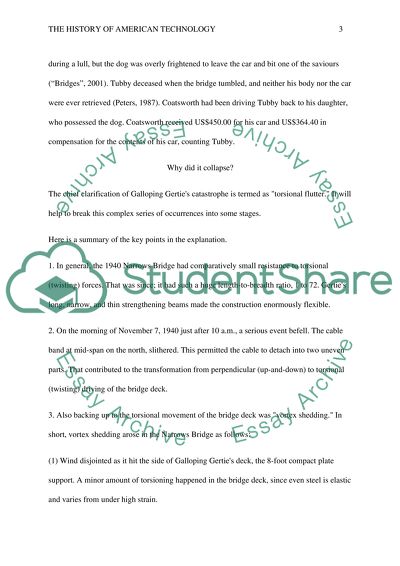Cite this document
(“The history of American technology Research Paper”, n.d.)
Retrieved from https://studentshare.org/history/1492948-the-history-of-american-technology
Retrieved from https://studentshare.org/history/1492948-the-history-of-american-technology
(The History of American Technology Research Paper)
https://studentshare.org/history/1492948-the-history-of-american-technology.
https://studentshare.org/history/1492948-the-history-of-american-technology.
“The History of American Technology Research Paper”, n.d. https://studentshare.org/history/1492948-the-history-of-american-technology.


